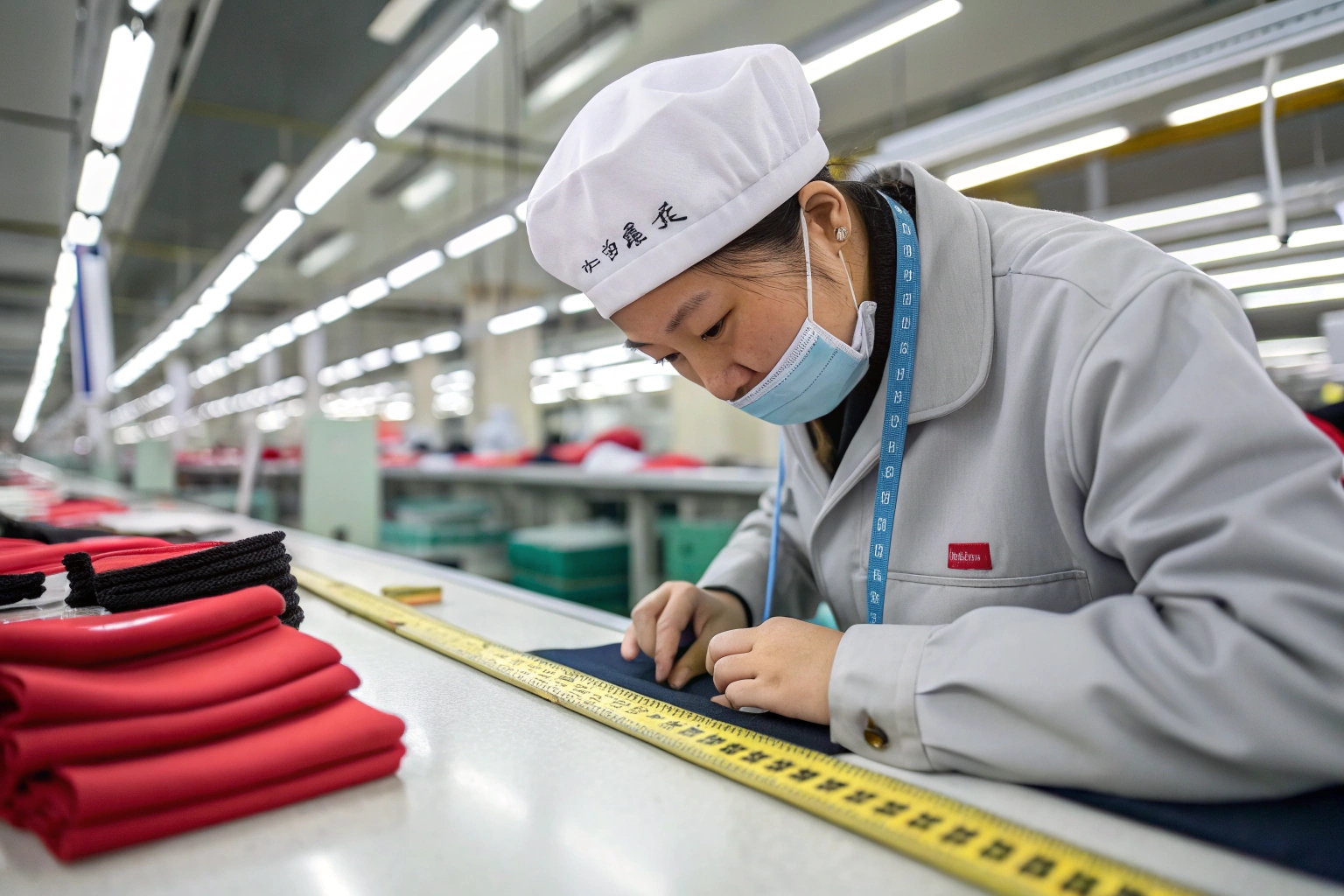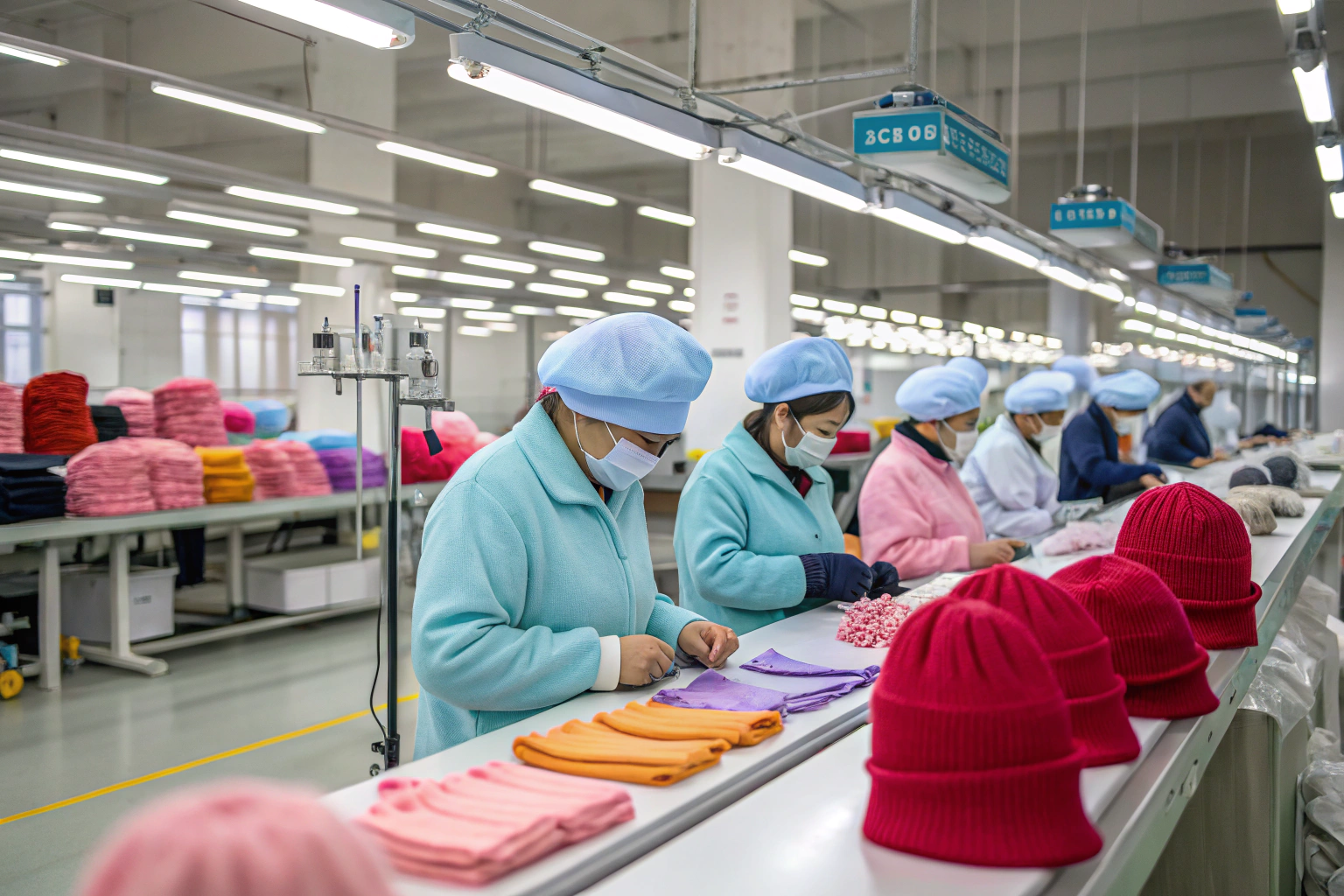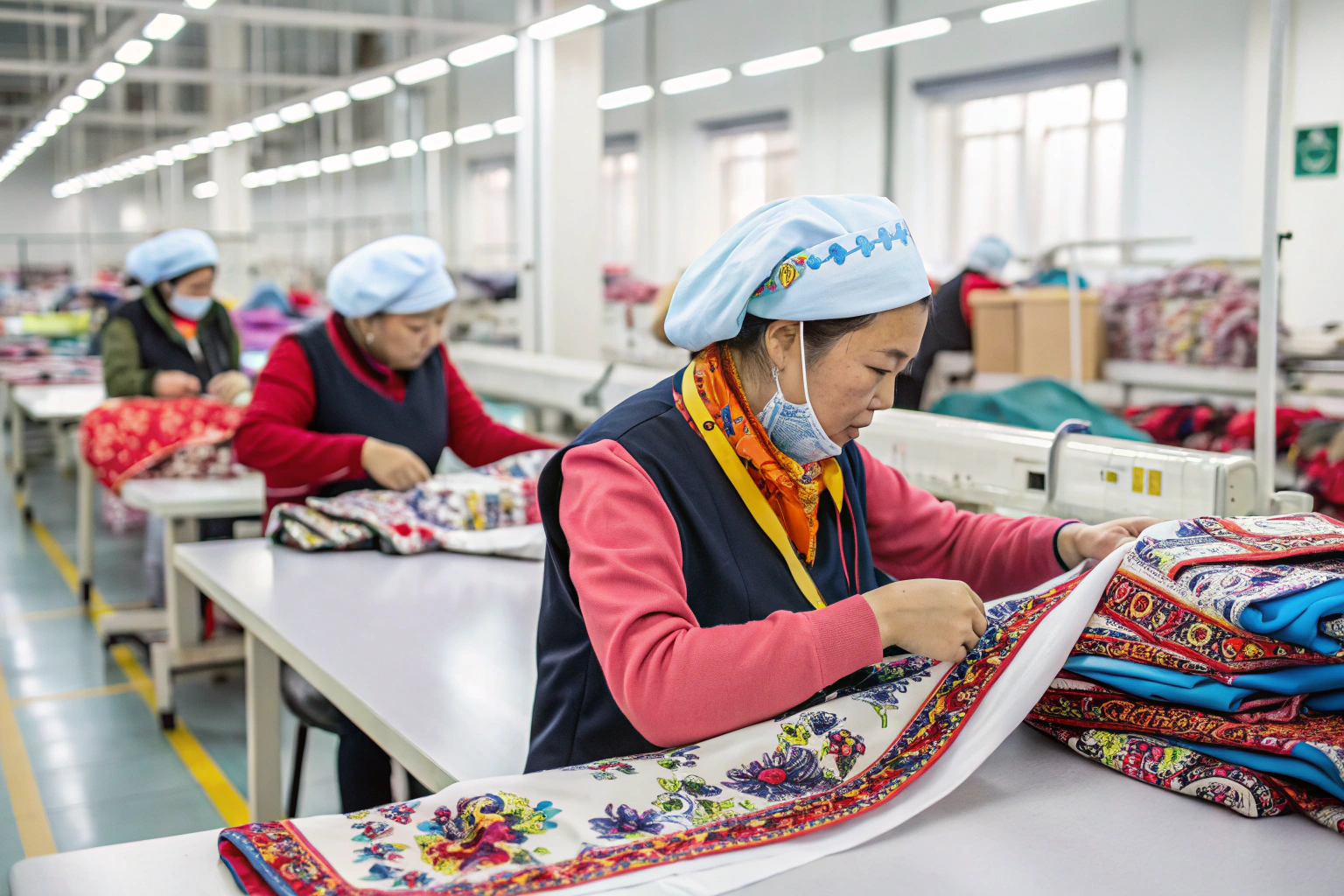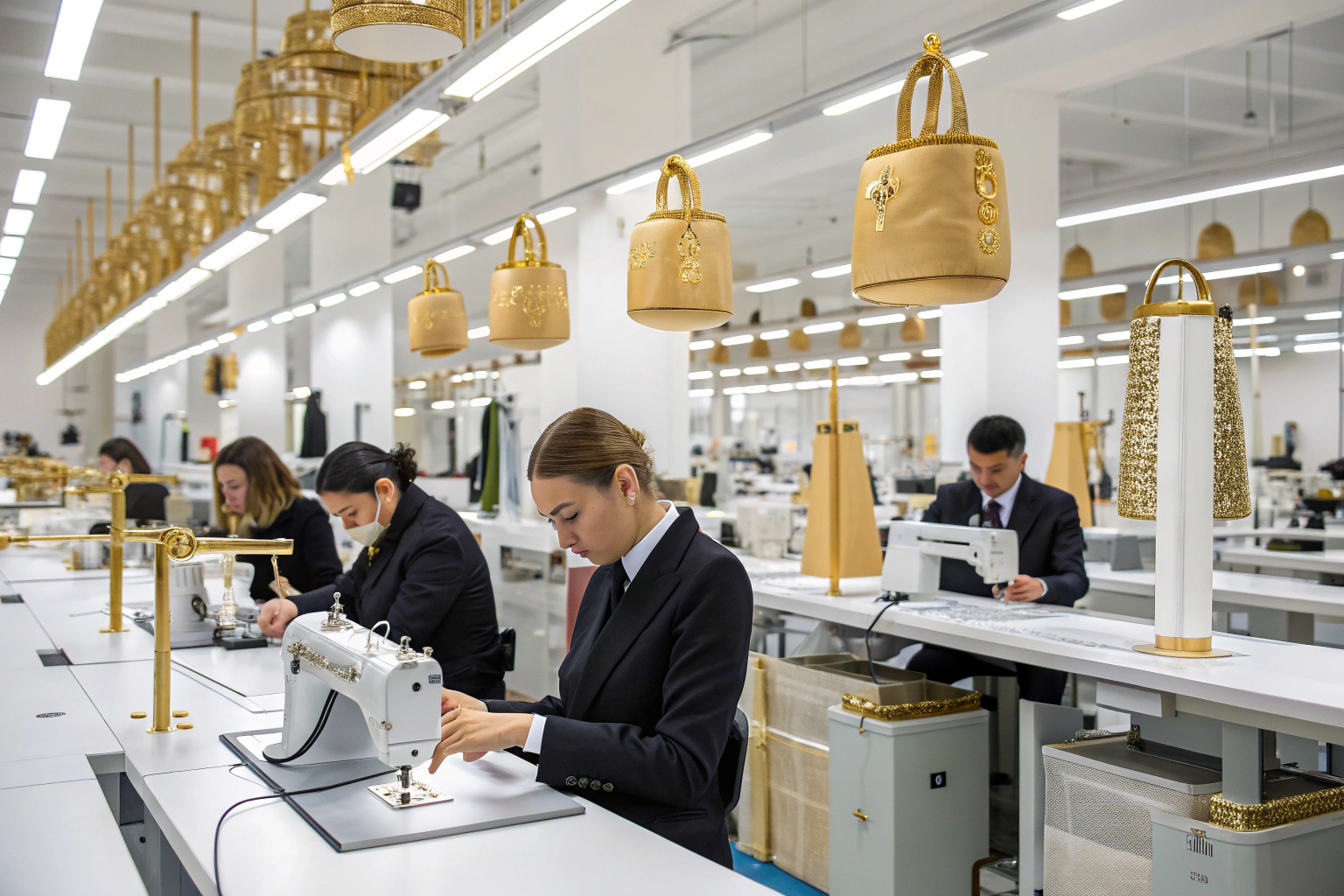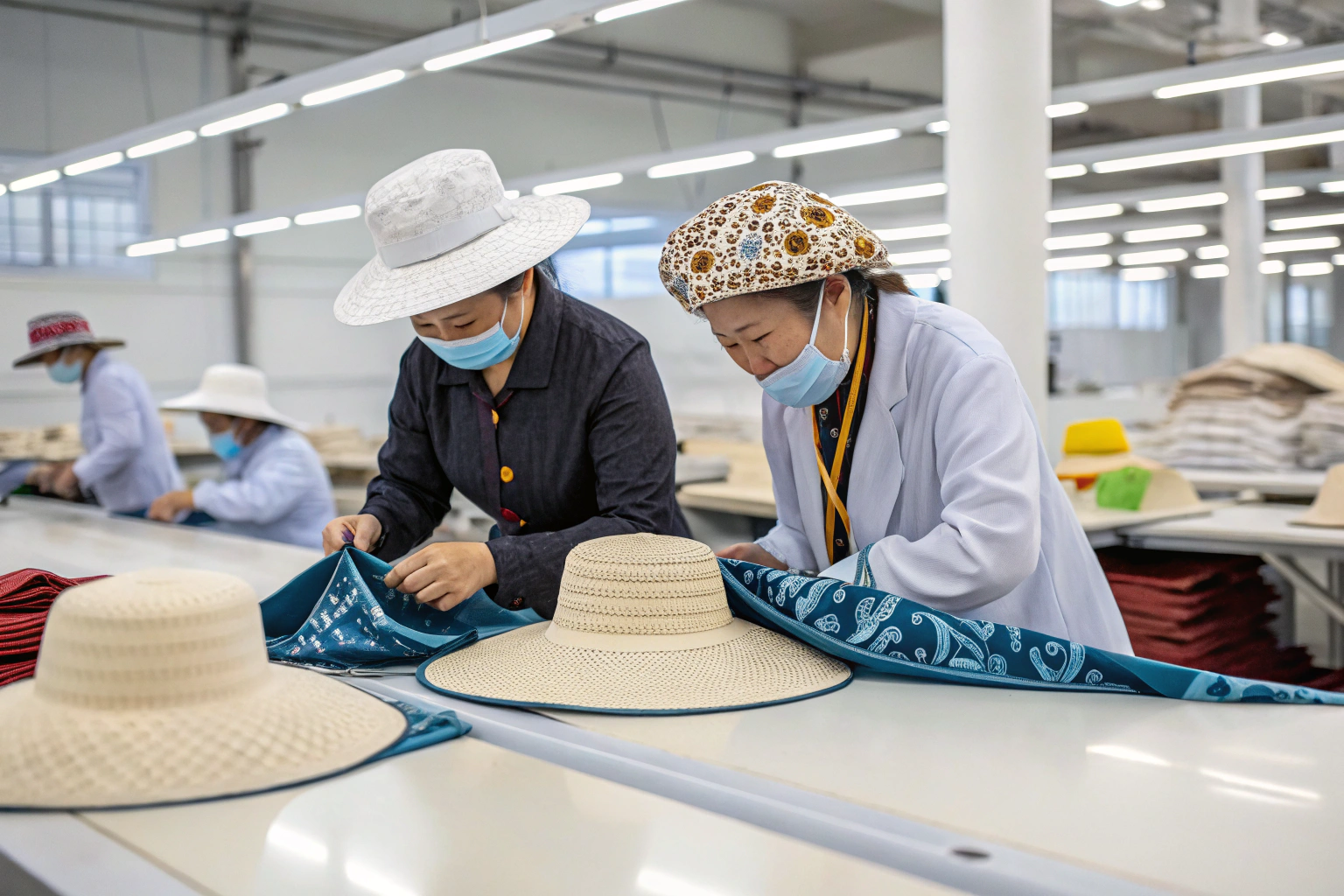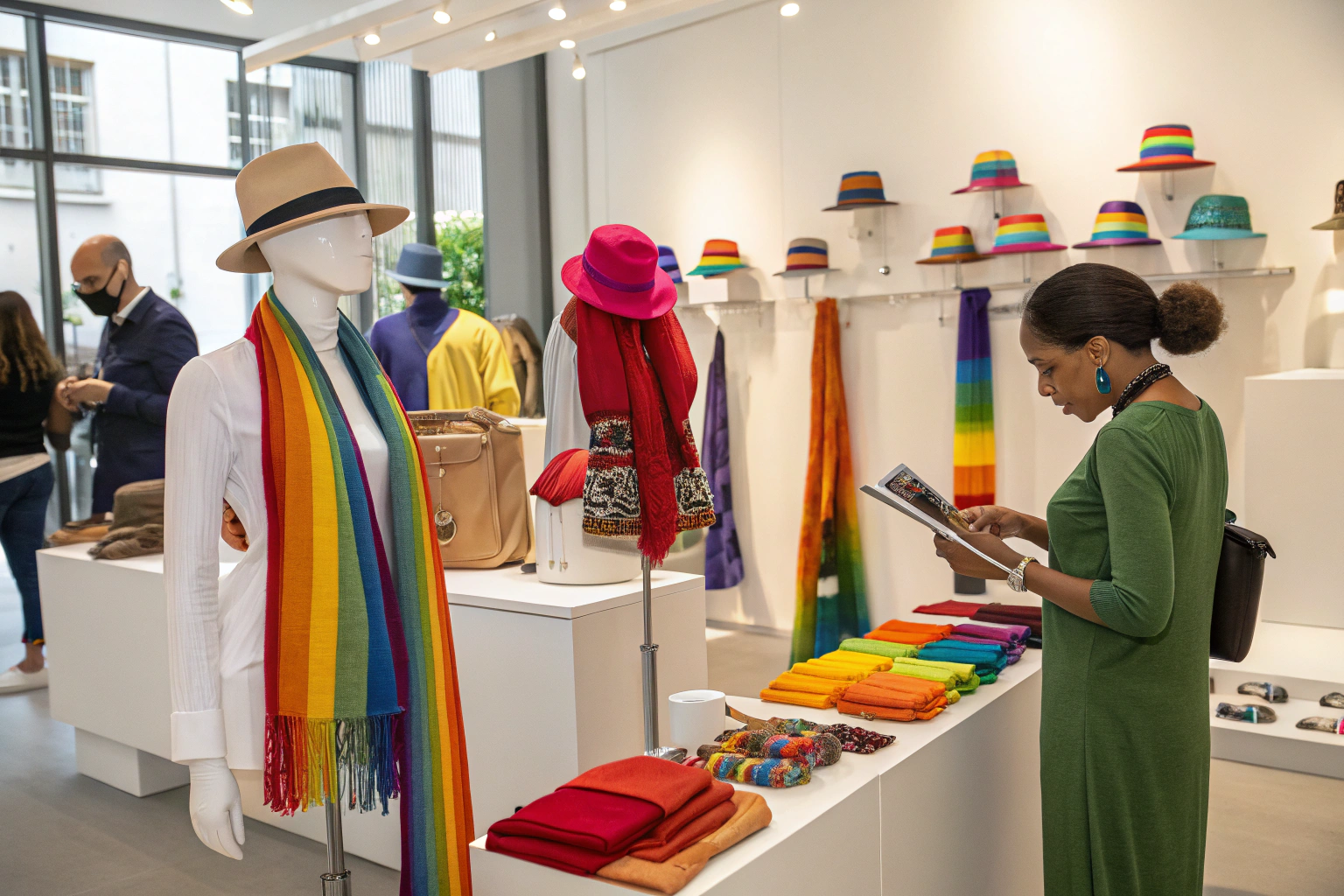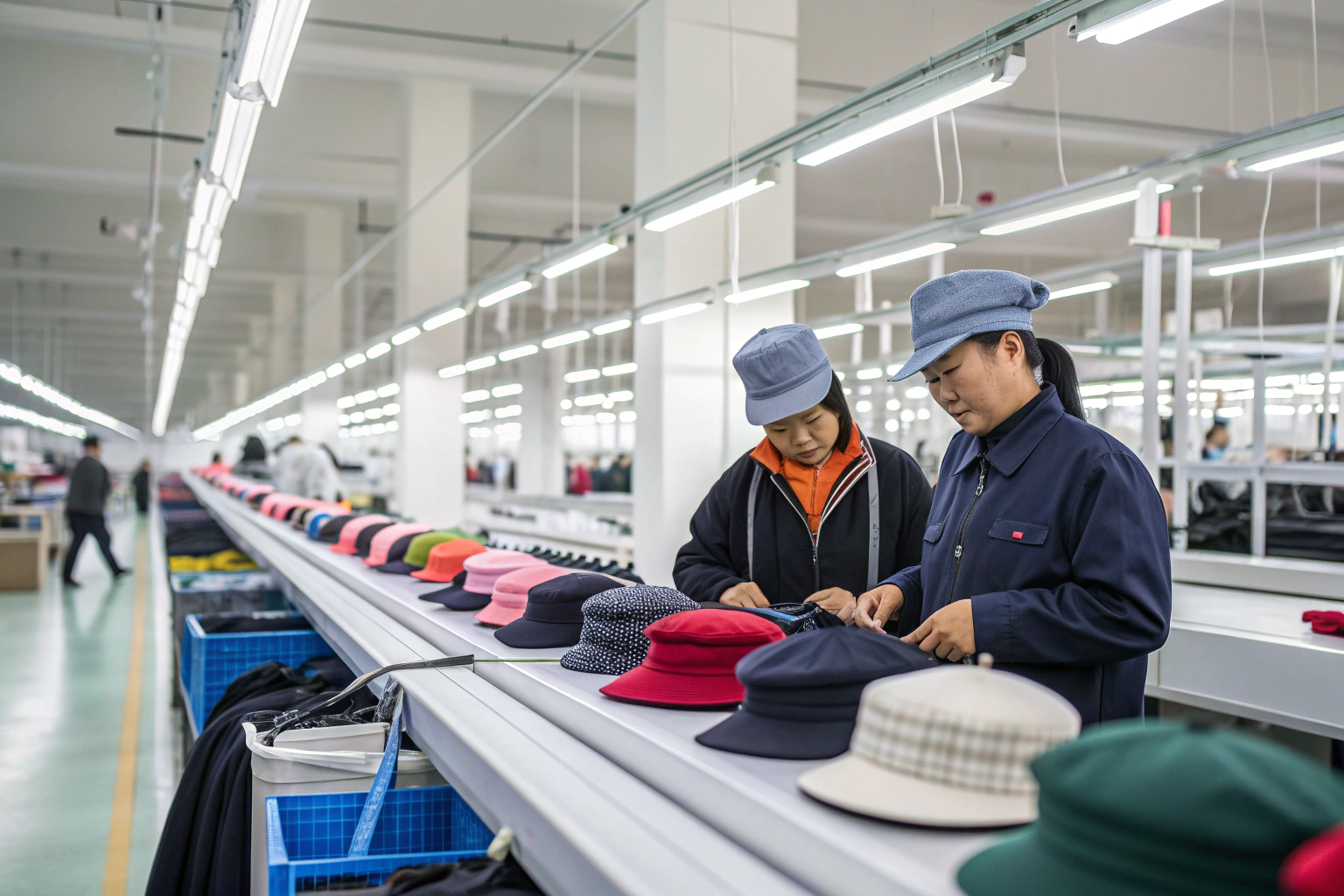When you're sourcing accessories from overseas, product quality can make or break your reputation. A missing label, a loose stitch, or a mismatched color might mean a chargeback—or worse, a lost client.
The role of a QC team in accessory production is to prevent, detect, and correct defects throughout the process—from raw materials to final packing—ensuring each exported item meets international standards and client specifications.
At AceAccessory, our QC team is involved from day one. For every headband, scarf, or belt that ships out, there’s a team behind it double-checking every detail. Here's why that matters.
What is the role of QC in production?
QC isn't something that happens at the end—it's a continuous system that safeguards product quality every step of the way.
The role of QC in production is to monitor the manufacturing process, inspect materials and outputs, identify defects early, enforce quality standards, and ensure consistency across every batch.
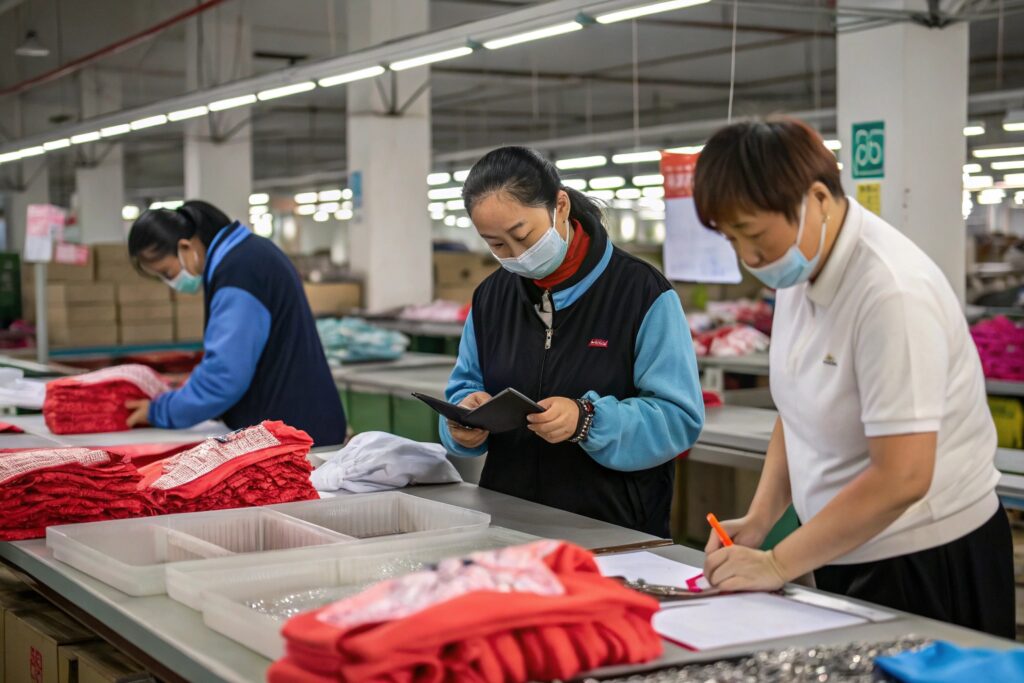
How QC Operates in Production Environments
| Production Stage | QC Responsibility |
|---|---|
| Pre-production | Inspect incoming materials, tools, and specs |
| In-line production | Monitor stitch, print, trim, glue processes |
| Post-production | Check final items against sample and PO |
| Packing & labeling | Verify SKUs, tags, barcode, carton weights |
In our own facility, QC personnel are trained to flag issues such as:
- Dye lot inconsistency in scarves
- Uneven stitching in scrunchies
- Incorrect logos on headbands
- Metal parts rusting in high humidity belts
By implementing AQL-level inspections (Acceptable Quality Limit), we catch 95% of potential problems before they ever leave our factory floor.
What is QC in export?
You may have perfect products—but if export standards aren't met, your shipment can be delayed or rejected. That’s where export-level QC kicks in.
QC in export refers to quality control steps taken to meet destination country standards, including product compliance, labeling, packaging integrity, documentation accuracy, and pre-shipment inspection reports.
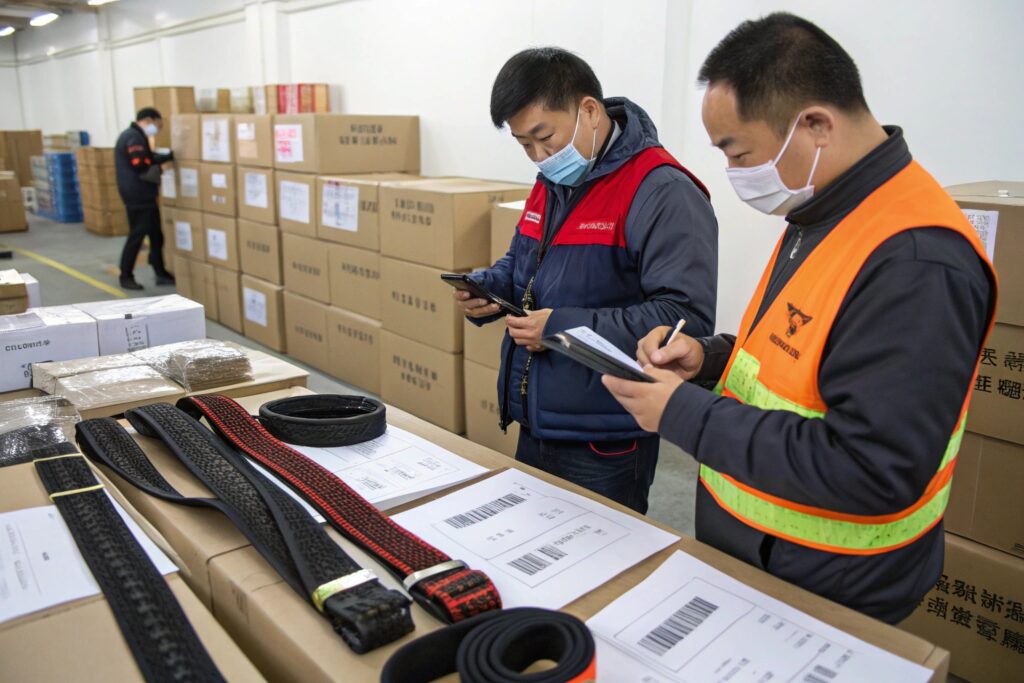
Key QC Tasks Related to Export
| Task | Why It Matters |
|---|---|
| Label and barcode validation | Retailers require 100% correct placement |
| Packaging drop tests | Prevents damage in air/sea transit |
| Compliance with specs | Size, weight, fabric, logo must match order |
| Document inspection | Certs, invoices, HS codes, country of origin |
| Pre-shipment audit (PSI) | Often mandatory for big retail chains |
For example, when we shipped hairbands to a US department store, their QC required:
- Color coding per carton
- Warning labels in 3 languages
- Certificate of origin (CO)
- Drop-test report for packaging
We worked with a third-party PSI firm (SGS) and passed on first try. Having an in-house team helped us prep all documentation and flag non-compliant elements ahead of time.
What is the role of QC in the clothing industry?
Accessories might seem minor, but in fashion, even the smallest defect stands out. QC ensures that every product—not just the first one off the line—is made right.
In the clothing industry, QC ensures each garment or accessory adheres to approved specifications, maintains brand standards, and meets regulatory and buyer expectations across every production run.
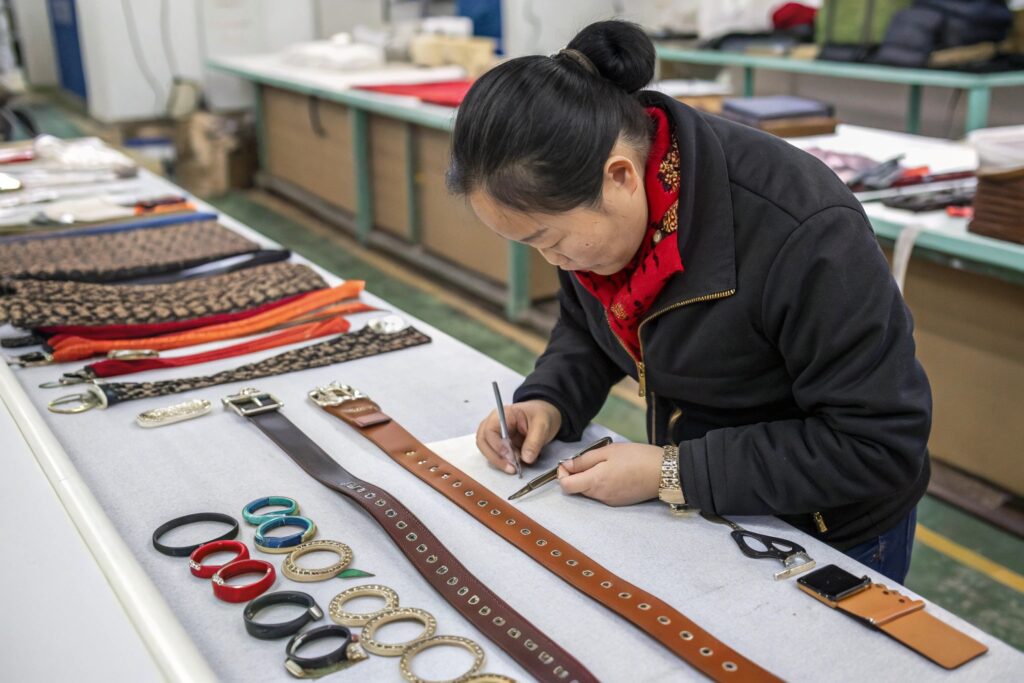
QC Priorities in Fashion and Accessories
| Area of Focus | What QC Looks For |
|---|---|
| Fabric & trims | Tears, discoloration, label mix-ups |
| Stitching & assembly | Uneven seams, skipped stitching, loose ends |
| Accessories (zippers, clasps) | Alignment, strength, color match |
| Branding | Logo accuracy, placement, size, embossing |
| Fit & measurements | Headbands too tight? Gloves too long? |
One of our regular scarf clients from Italy has eight measurement checkpoints for each design. Our QC team prints out the approved size chart and measures one item per 25 pcs during inspection.
If any measurement is off by more than 2mm, the whole batch is flagged for correction before packing.
How important is quality control in the production process?
Skipping quality control might save money in the short run—but it almost always leads to bigger problems later.
Quality control is crucial in production because it helps maintain consistency, reduces returns, improves customer satisfaction, and safeguards brand reputation in global markets.
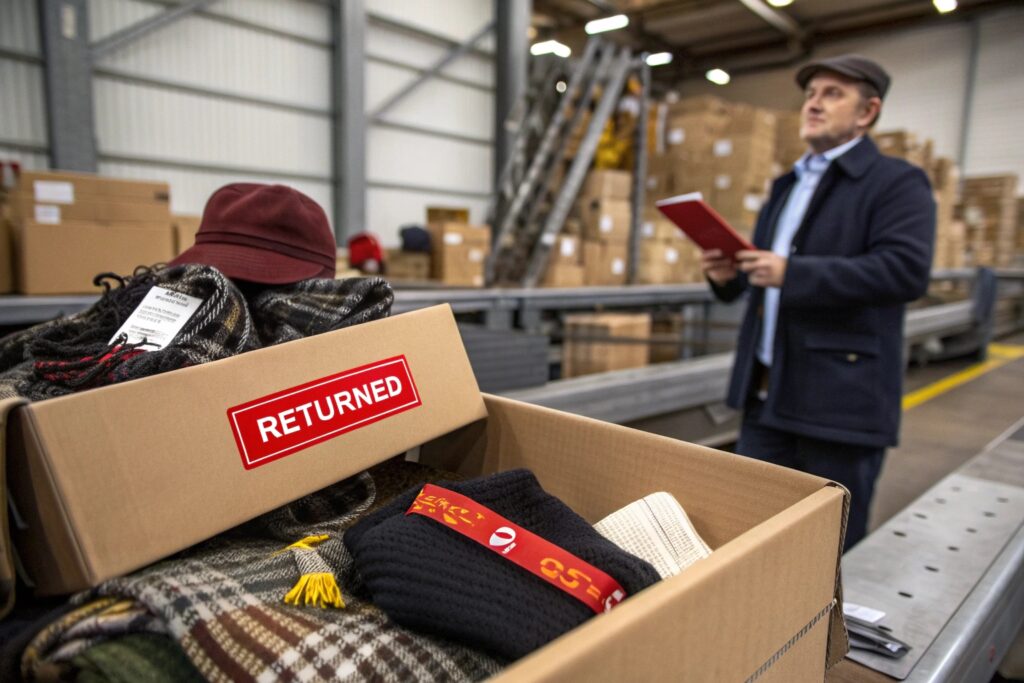
Benefits of Strong QC in Accessory Production
| Benefit | Long-Term Impact |
|---|---|
| Reduced rework costs | Fewer corrections, faster lead time |
| Higher client satisfaction | Repeat orders and stronger brand trust |
| Fewer shipping disputes | Less chance of claim or customs rejection |
| Better production efficiency | Prevent bottlenecks from last-minute fixes |
At AceAccessory, our rejection rate at final QC is under 1.4%, and our product return rate from clients is below 0.7%—both well under industry norms.
That’s because we treat QC as core, not optional. Every client gets:
- Sample confirmation records
- Material sourcing reports
- On-floor photo audits
- Final QC checklists for their orders
When a client once reported a sizing issue in their retail returns, our team traced the defect batch back to the operator, reviewed footage, retrained staff, and compensated the client—all within 48 hours.
Conclusion
A reliable QC team is the backbone of successful accessory manufacturing for export. From raw materials to final packaging, quality control ensures that every product you deliver lives up to your brand—and keeps your customers coming back.

